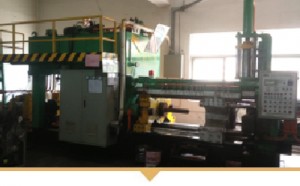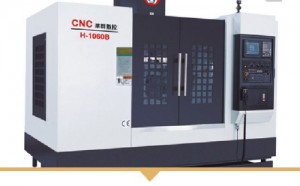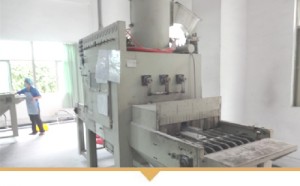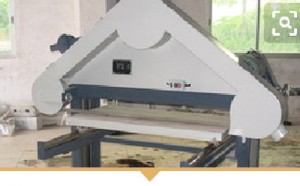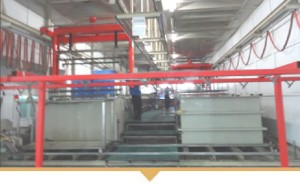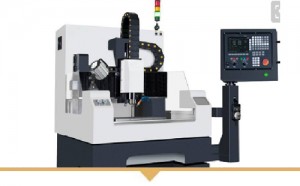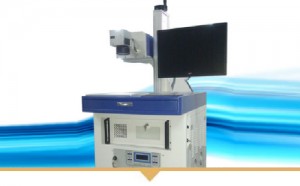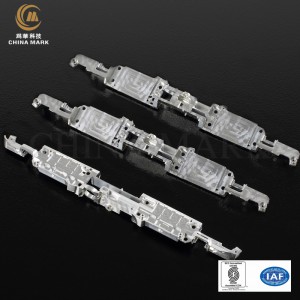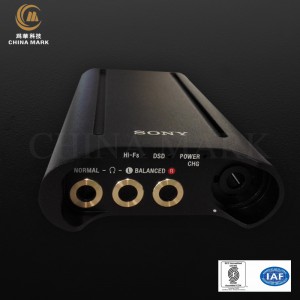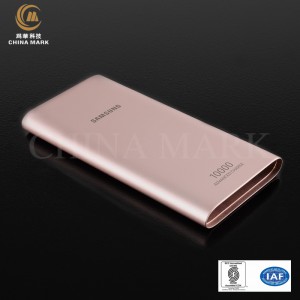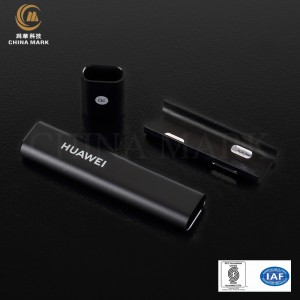Weihua technology co., LTD is a precision CNC machining company with more than 10 years of technology accumulation, providing business including: precision CNC turning, CNC precision parts processing, aluminum alloy processing, complex parts CNC processing, non-standard parts CNC processing and a variety of precision CNC machining;We have experienced engineers and technicians and excellent skilled technicians, welcome to consult.
What are the classification types of ultra-precision CNC machining?
One,Ultra-precision CNC machining
There are mainly ultra-precision turning, mirror grinding and grinding.In the ultra-precision lathe after the fine grinding of single crystal diamond turning tool for micro turning, cutting thickness of only about 1 micron, often used to process non-ferrous metal materials spherical, aspheric surface and surface reflector, such as high-precision, highly smooth surface parts.
For example, the aspheric reflectors with a diameter of 800 mm used in nuclear fusion devices have the highest accuracy up to 0.1 micron, and the surface roughness is Rz0.05 micron.
Two, ultra-precision CNC precision turning parts special processing
Machining precision to nanometer, and eventually to atomic unit (atomic lattice distance is 0.1 ~ 0.2 nm) as the goal, the machining method can not meet, needed a special processing method, namely the application of chemical energy, electrochemistry energy, heat or electricity and so on, make these energy beyond the binding energy between atoms, thereby removing the part between atoms on the surface of the workpiece adhesion, bind and lattice deformation, in order to achieve the purpose of the ultra precision machining.
These processes include mechanical-chemical polishing, ion sputtering and ion implantation, electron beam aeration, laser beam processing, metal evaporation and molecular beam epitaxy.
These methods are characterized by very fine control over the amount of surface layer material removed or added.However, to obtain the ultra-precision machining precision, it still depends on the precise machining equipment and the precise control system, and USES the ultra-precision mask as the intermediary.
For example, the plate making of vlsi is to use electron beam to expose the photoresist on the mask (see photolithography), so that the atoms of the photoresist are directly polymerized (or decomposed) under the impact of electrons, and then the part of the polymer or not polymerized is dissolved by the developer to make the mask.Electron beam exposure plate making requires ultra-precision CNC machining equipment with positioning accuracy up to ±0.01 micron.
